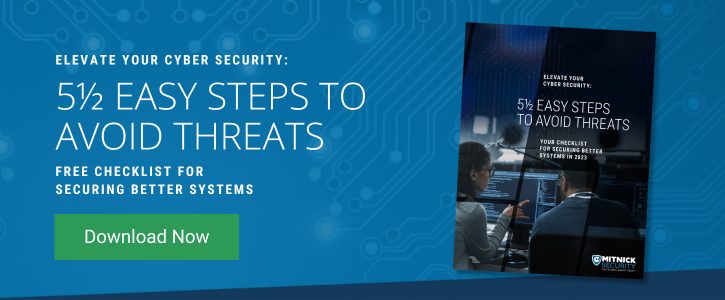Hackers make the news regularly for their ever-evolving exploits on major brands and small businesses alike.
But to call someone a hacker alone is ambiguous. There are many different types of cybersecurity hackers, all with separate motivations and tactics for launching their attacks.
The goal of this blog post is to provide you with a clear breakdown of the various types of hackers, including white hat, black hat, hacktivists, and more. Learn how they operate, their motives, and why understanding their distinctions is necessary for your organization.
Ultimately, you'll gain clarity on how security awareness training for employees can serve as a powerful and cost-effective defense.
What Are the Different Types of Hackers?
First things first, not all hackers are threats. Some actively protect organizations, which is why it’s important for you to understand the difference. Below is a curated list of the most common types of hackers:
White Hat Hackers (Ethical Hackers)
White hat hackers operate on the side of defense. Whether they work as penetration testers, security consultants, or internal red teams, they use their expertise to find and patch system weaknesses.
Black Hat Hackers (Malicious Actors)
Black hats are the bad actors, motivated by monetary gain, disruption, or sabotage. They deploy malware, ransomware, credential theft, and other malicious tactics to exploit vulnerabilities, steal data, or damage systems. Their work often underpins cybercrime ecosystems.
Grey Hat Hackers
Occupying the gray area between hacker categories, grey hats may test systems without authorization, but without purely malicious intent. Sometimes they disclose vulnerabilities publicly, hoping to prompt a fix. Their actions may be controversial, but not definitively criminal in motive.
Politically Motivated Hackers & Insider Threats
Not all cyber threats come from faceless outsiders, some are fueled by ideology, and others may already be inside your walls. Let’s review a few you’ll want to familiarize yourself with below:
Hacktivists
Hacktivists leverage hacking to advance social or political causes, think cyber protests, data leaks, and digital disruption. Groups like Anonymous fit this category, balancing activism and cyber risk.
State/Nation-Sponsored Hackers
Governments increasingly employ hacker teams to advance geopolitical priorities. These actors are highly skilled, well-funded, patient, and often target critical infrastructure or rival nations in stealthy operations.
Cyberterrorists
Cyberterrorists blend ideology, politics, and violence through cyber attacks, targeting infrastructure to incite fear, disruption, or collapse of essential services.
Insider Threats
Not all threats lurk outside. Trusted insiders, disgruntled employees, contractors, or rogue partners, turn privilege into a weapon. Actions may result from revenge, greed, whistleblowing, or coercion and can be the costliest form of breach.
Understanding the different hats hackers wear helps you distinguish between those who are trying to help you, those who are trying to harm you, and those who are just testing limits.
Think of it like traffic:
- White hat hackers are like traffic cops, they keep things safe.
- Black hat hackers are like reckless drivers, they break the rules and cause harm.
- Grey and others fall somewhere in between, each with different motives and risks.
If you know what kind of hacker you're dealing with, you can respond smarter, protect better, and train your team more effectively.
How Security Awareness Training for Employees Helps
Understanding hacker archetypes is only half the battle, defending against them starts with awareness.
Here’s what you should know:
- Many attacks don’t exploit tech, they exploit trust. Your employees are the first line of defense.
- Security awareness training arms staff with the knowledge to spot phishing, impersonation, and insider tricks.
- Combine employee awareness training with penetration testing to simulate real-world attacks and identify where human vulnerabilities exist.
- With training, employees can become a proactive security asset, not a blind spot.
Hackers Target Humans—Train Yours to Spot the Threats
Hats, ideologies, and methods may vary, but all hackers use influence.
If your approach to cybersecurity focuses only on IT systems, you’re missing a critical variable: people. Begin building a human-aware defense today.
Download our free guide: Learn to Avoid Cyber Threats in 5 ½ Easy Steps and empower your team with the skills to recognize and resist hacker tactics.




-Copy1.jpg?width=350&name=Mitnick-Security-093-Enhanced-NR-Edit-Edit-Edit-Edit_(2)-Copy1.jpg)